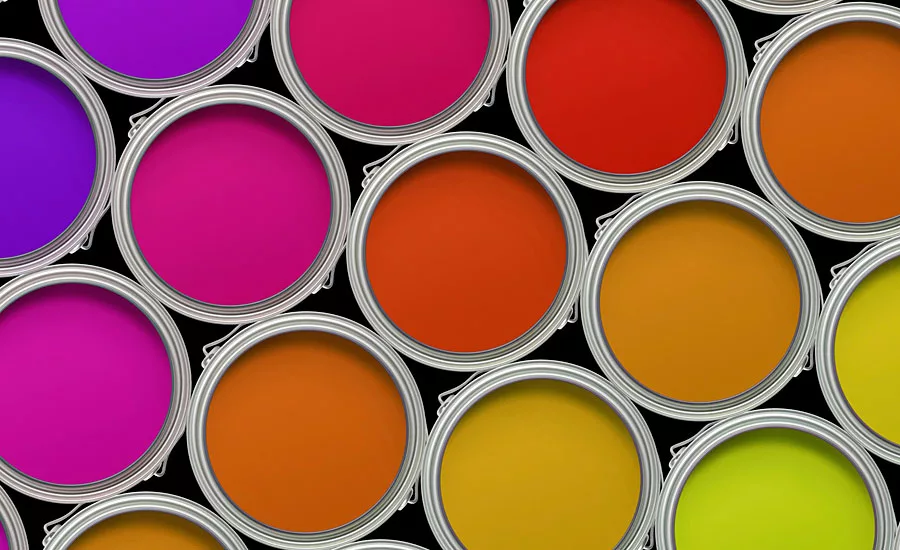Introduction to Color Psychology

Choosing the right color for anything can be hard. But for your customers, deciding to change a shade after they’ve finished painting is both time-consuming and a waste of resources - not to mention being an expensive mistake.
The challenge for paint and coatings manufacturers is to understand why people choose certain colors for certain tasks and how they can use this information to better market their products.
With the science of color psychology, you can do just that. In this article, I’ll explain what color psychology is, and how you can use the theory to inform how you name and market paint and coatings. Let’s get started.
What is Color Psychology?
At its simplest level, color psychology explains how different shades affect human emotion and behavior – it’s a branch of the wider field of behavioral psychology.
It’s estimated that it takes just 90 seconds for someone to form an opinion on a product, and most of that decision is based on color and branding alone. Color psychology is the reason we’re turned off by blue foods and feel more motivated by yellows and reds. Ever wondered why most fast food retailer logos use yellow and red? That’s color psychology.
Color Psychology in Context
If you’re in an office, you’ll commonly be surrounded by white walls and grey office furniture - not exactly a thrilling combination to evoke creativity. Choosing the right color for a product or room comes back to the basic theory of color psychology: what do you want the mood to be?
Bathrooms are synonymous with blue shades because they evoke serenity – the perfect backdrop to a soothing bath at the end of a long day – but can feel cold in commercial settings. Oranges and yellows are great colors to market as paints for offices as they have been linked to an increase in energy, happiness and productivity.
This is where naming conventions can help consumers choose the correct color for them. Choose names that evoke the right feelings for their context. This could translate to a blue bathroom color called ‘Calm Bay’, or an energizing office color called ‘Sun Ray.’
Understanding broad differences between colors is a good start. But each color comes in many shades. So how do you use color psychology to better understand different tones?
Picking the Right Tone
Iterations of any given color can seem endless, with different undertones, opacities and intensities. The difference between a royal blue and a baby blue is obvious, but what’s not is knowing which tone is right for you.
If we return to our bathroom example, a cool-toned blue would work best to capture both the sense of calmness and cleanliness. In the living room, warmer tones will appear inviting and soften a room, making you comfortable and at ease.
If you have a range of paints that are for specific areas of the home, consider using color psychology to make that abundantly clear on the tin. There won’t be much merit in using a harsh red on the tin of your baby’s nursery range, so make sure your branding and positioning is taken into consideration too.
Although color psychology can steer consumers in the right direction of colors suited to a particular area, personal choice also comes into the mix. Your consumers are the ones who will be living with the colors day in, day out, so it’s important they choose shades that work for them.
Involve the science of color psychology in your decision making the next time you’re painting. You’ll be surprised at how much a small change can make to your mood, and how accessible that change can be.
For more information, visit www.lucywrites.co.
Looking for a reprint of this article?
From high-res PDFs to custom plaques, order your copy today!





